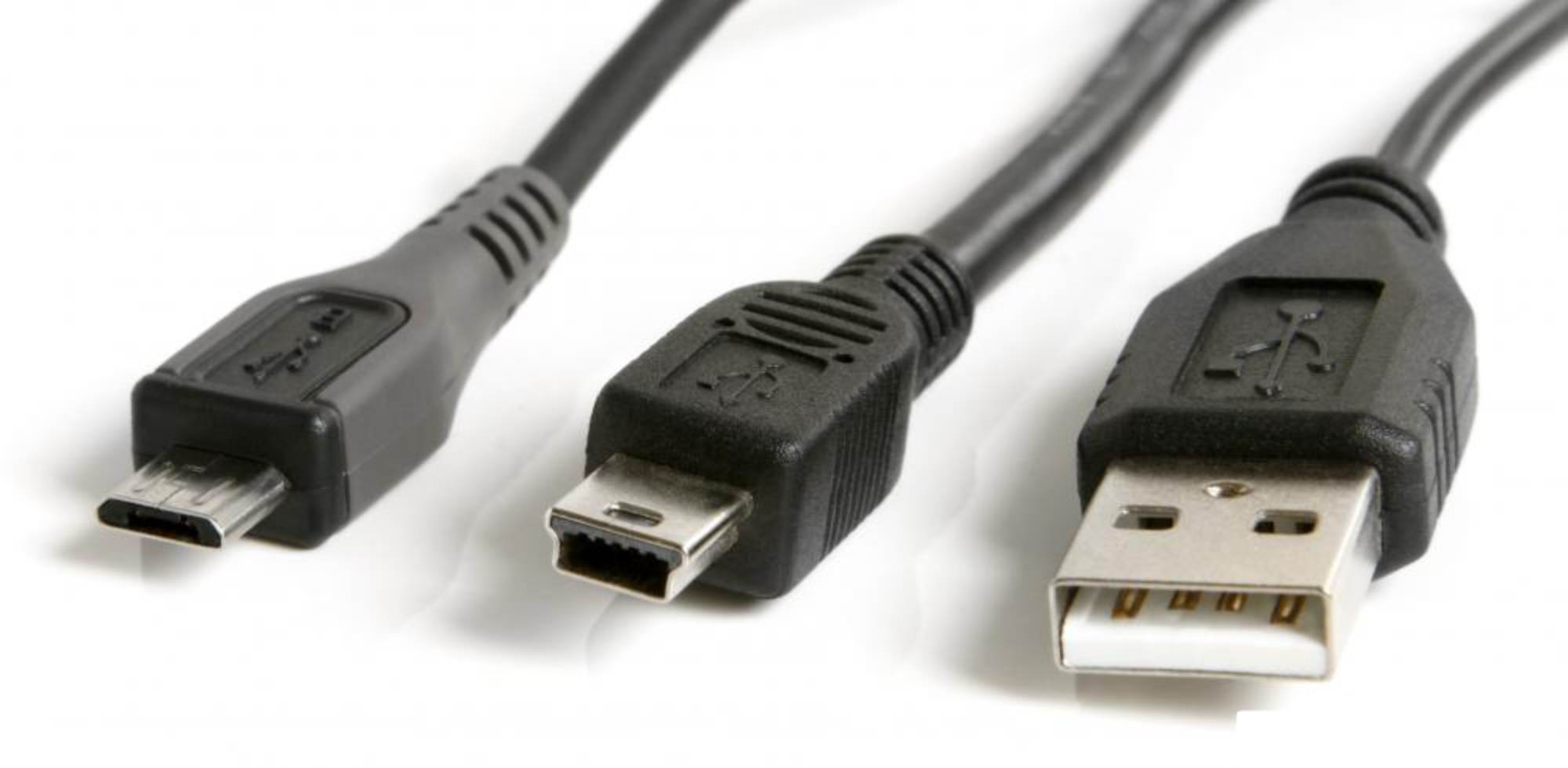What is USB?
We are all familiar with the USB ports on our computers - it's where we plug in our mouse, our keyboard or our thumb drive. But what is USB?
USB stands for Universal Serial Bus - In simple terms it is the information highway inside your computer that links the computer chip (CPU) with your hard drive, graphics, monitor, keyboard and mouse and any other devices connected to your computer.
Does it have wheels?
No, it doesn't have wheels, run on diesel or go to Roscommon. It's a computer connector.
It replaced the clunky serial ports and the impossible to connect to PS/2 ports and promised a straightforward interface for most computer accessories.
Fail
But it failed in one key area - you had to plug it in the right way up.
Every time you went to plug in a USB cable you had a 50/50 chance of getting it right yet frustratingly it seems that you got it wrong 70% of the time.
Yes but are all USB ports the same? Well, I'm glad you asked me that - NO.
Most USB connections are those familiar rectangular connectors, but there were others, and there are other variants too. Let's take a look.
The first USB was relatively slow at about 12Mbps (megabits per second), USB 2 increased to 480Mbps, a significant improvement and USB 3 jumped to a mighty 5Gbps (5,000Mbps).
There were also Mini USB and Micro USB connectors commonly seen on mobile phones and compact devices. These were substantially smaller on the device end as was appropriate considering the small form factor of the items in question. On the other end of those cables was the standard rectangular USB connector that we love and hate (in equal measure). But there were other differences - have you ever noticed that some USB ports are yellow? - this indicates that this connector provides power even if the computer is off and the blue USB port identifies it is a USB 3 connection for faster transfer of data.
Now we’re sucking diesel - USB C
Then along comes sanity and power in the one perfectly formed package - USB C - which is smaller, faster (twice the speed of USB 3) and most importantly reversible. So now you get connected every time you plug it in, no matter how hard you try to get it wrong.
Now you have all of the USP’s of USB - simple huh?






